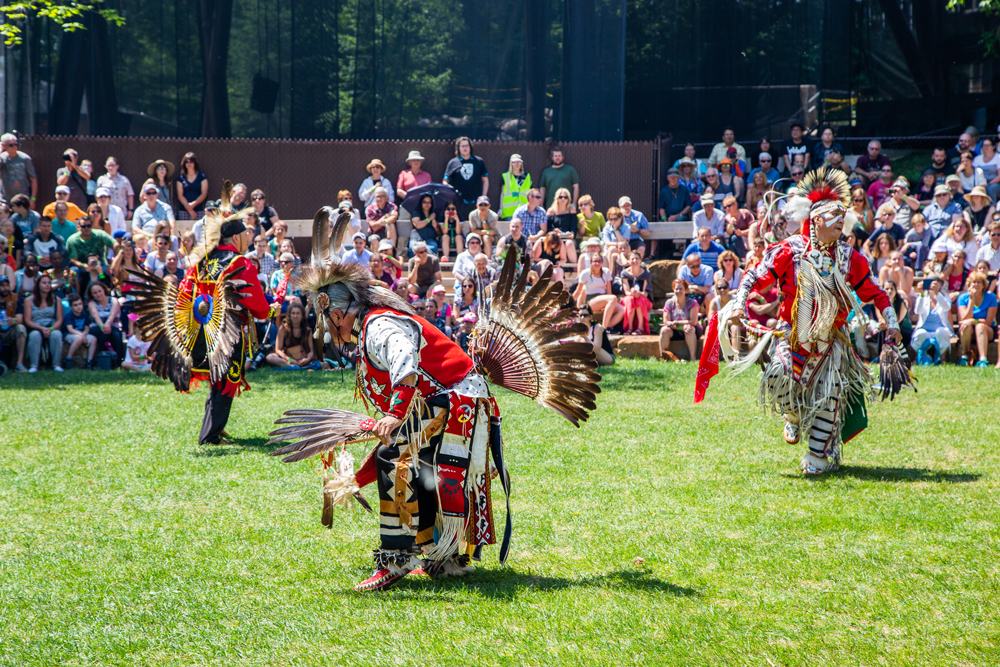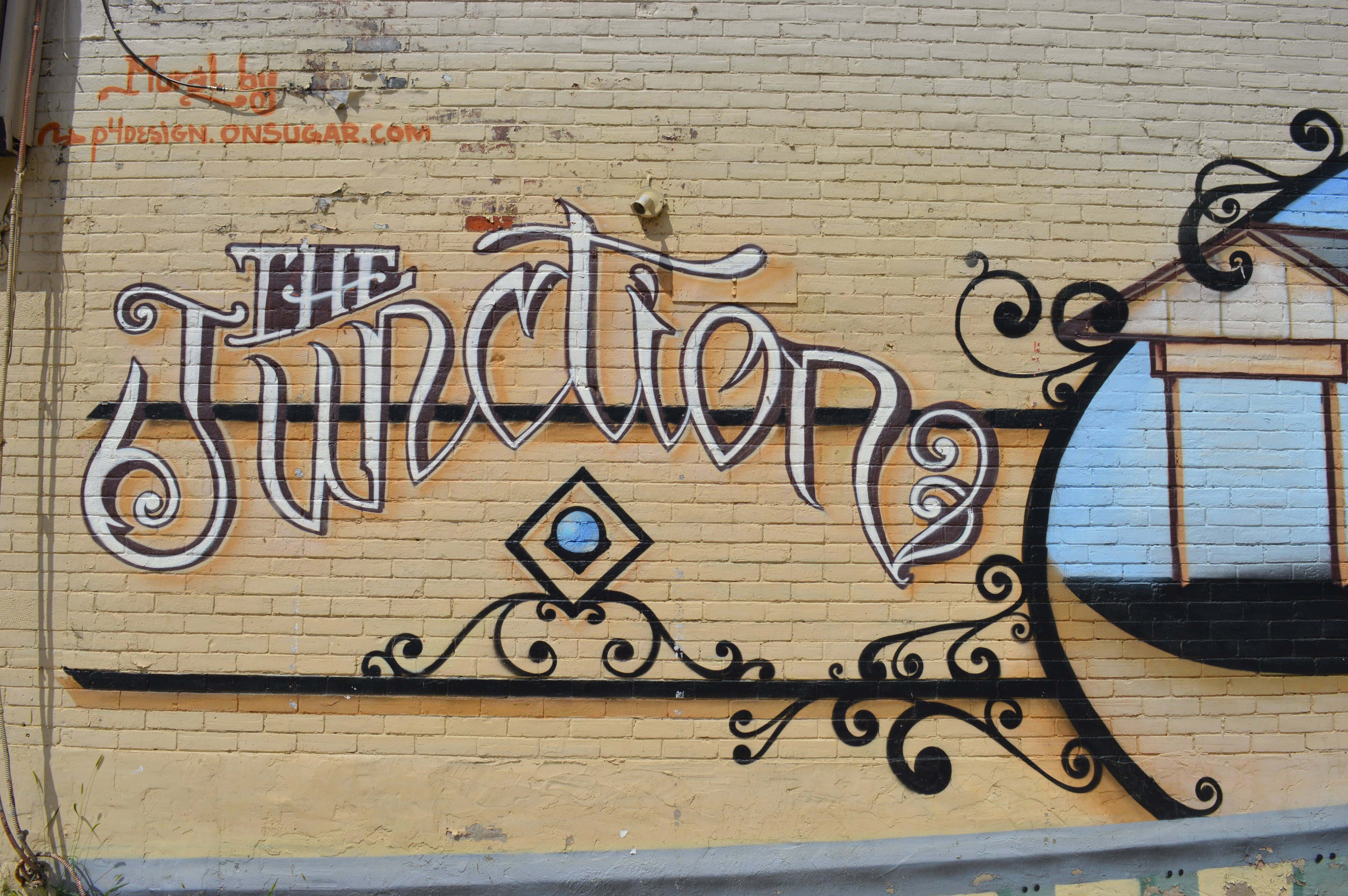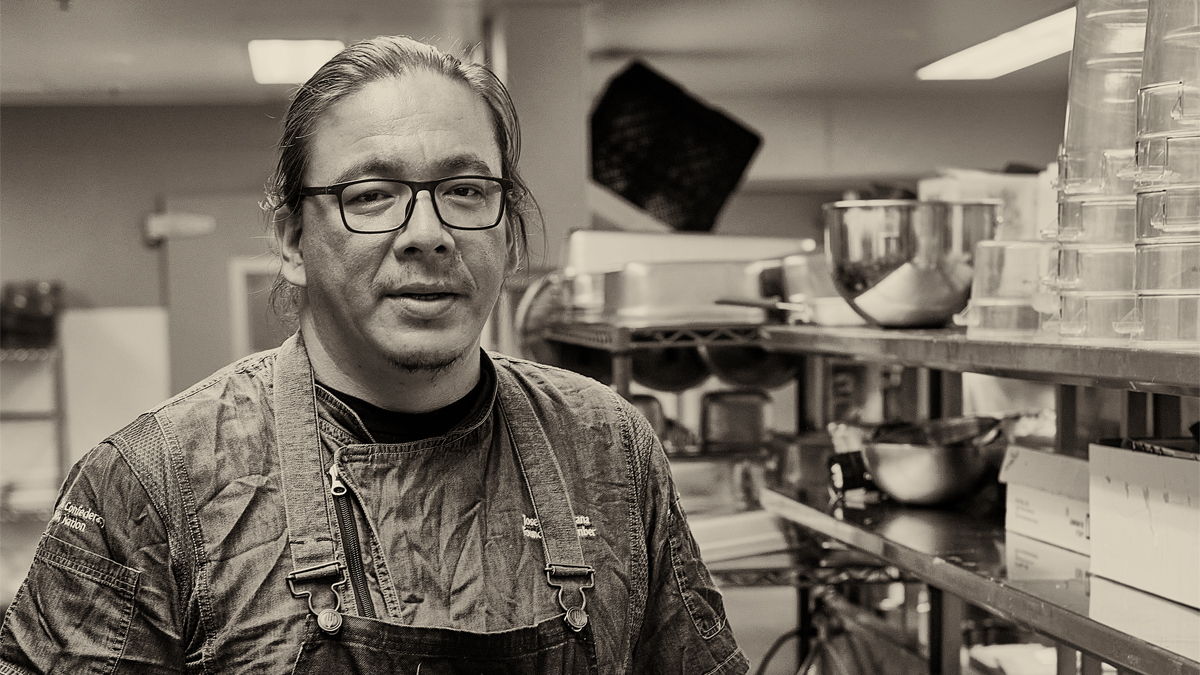Beginning of the main content.
Next tab will go to the map. Use this link to skip the station map.Joseph Shawana, one of the most renowned chefs in Canada, grew up in Wiikwemkoong Unceded Territory on Manitoulin Island in Ontario. His former restaurant, Kū-Kŭm, was among the first to showcase Indigenous flavours in the country. He’s still very active on the culinary scene as a regular participant in various events and a professor and Indigenous culinary advisor at Centennial College in Toronto. Since July 2024, VIA Rail’s Business class passengers have been able to savour two starters and two mains that he created especially for them, so we jumped on the chance to ask him a few questions!
How do you develop a menu for train passengers?
I had to take into account the wider range of palates you find among train passengers and come up with the best way to reproduce the kinds of food you find across Canada. I went with dishes that use ingredients typical to Indigenous communities, including the Three Sisters, which is corn, bean and squash, as well as a few other basic products.


So, did the idea of the Three Sisters salad come to you quickly?
It did, because of the story behind the Three Sisters—the corn provides the shade that the squash needs and the squash provides the protection that the corn stalks need, while the beans make for a nitrogen-dense soil where the corn and squash can thrive. These elements all work in perfect harmony. We want our everyday lives to reflect what we see in nature.

How did you adapt your recipes for this project, for example with the Indigenous-inspired chicken and leeks with pilaf rice and green beans?
Instead of partridge, I used another bird that everyone knows well—chicken. And since you can’t get wild ramps year round, I made a pesto that’s spooned over the leeks, which are grilled then roasted in the oven. When I create a dish for an organization that isn’t Indigenous, I like to imagine something that’s similar to what we’d traditionally eat and make it more approachable and familiar to most diners.

Do you think food can build bridges?
Food brings people together. That’s something I noticed when we had the restaurant in Toronto. It was very comforting to see diners chat with people from other tables and talk about what they’ve tried. It’s so important to learn about Indigenous culture in Canada and understand Indigenous peoples’ part in creating this country—and that we’re still here. The best way to learn about another culture is through food. It’s the main starting point. Food is how you first get to know cultures from all over the world. You discover commonalities in ingredients, history and stories. One of the most important things to me is knowing where we come from and how we can make the world a better place—not just for ourselves, but for future generations.
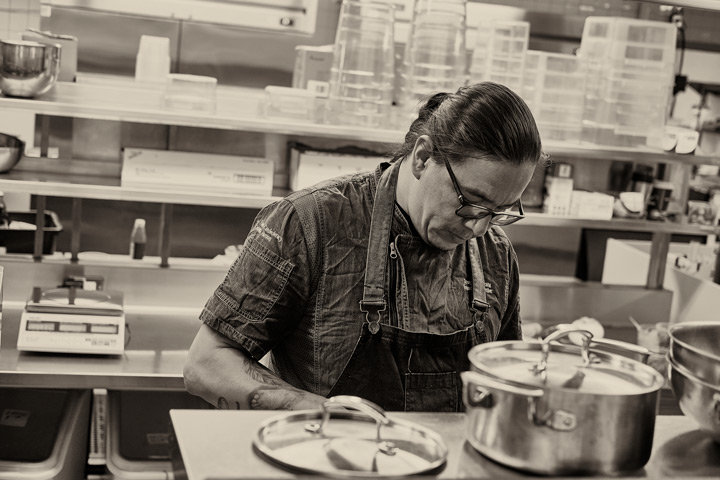
Find these on the Business class menu in the Québec City–Windsor corridor:
- Starter: Indigenous-inspired Three Sisters salad with butternut squash, green beans, corn, and pumpkin seeds
- Starter: Indigenous-inspired maple-roasted apple slaw with cranberries
- Main: Indigenous-inspired chicken and leeks with pilaf rice and green beans
- Main: MSC-certified flame-roasted beet-cured salmon with maple-roasted butternut squash, green beans and roasted turnips
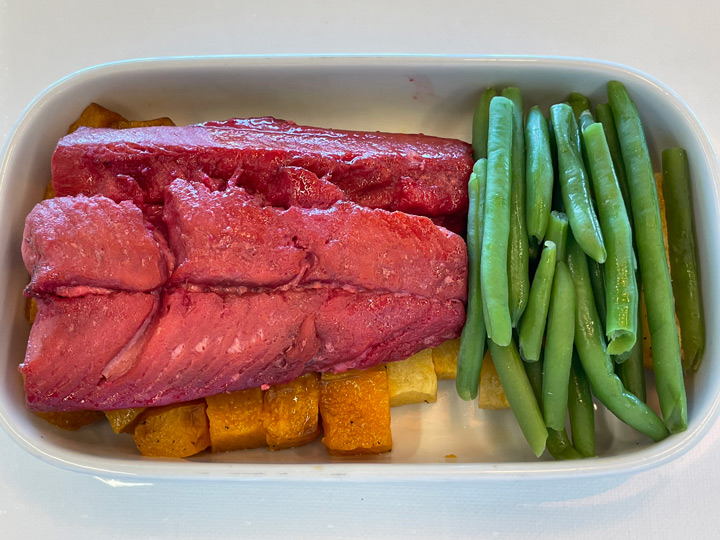

Plan your trip
Find the best fares for your destination and let the train whisk you away.
Please wait while we fetch the best offers.
*Prices valid for either direction. One-way fare in Economy class, excluding sales taxes. The number of seats is limited.
Fares may vary based on selected day of week and time of departure. Check conditions for more information.
Lowest fare conditions
ROUTES :
Available on VIA’s network.
REFUNDS AND EXCHANGES :
Escape fare tickets are non-exchangeable and non-refundable. View our Fares and Conditions page for details.
SEAT AVAILABILITY :
The number of seats is limited.
Read more
